There are various traps you can play against the French Defense. This Defense has long been a headache for players using 1.e4 openings.
It has a reputation for being solid, resilient, and deeply strategic.
At first glance, it seems like a wall of black pawns blockading white pawns.
However, hidden behind the French opening are tactical landmines that can turn the game in an instant.
We will now explore three of these traps.
What is the French Defense?
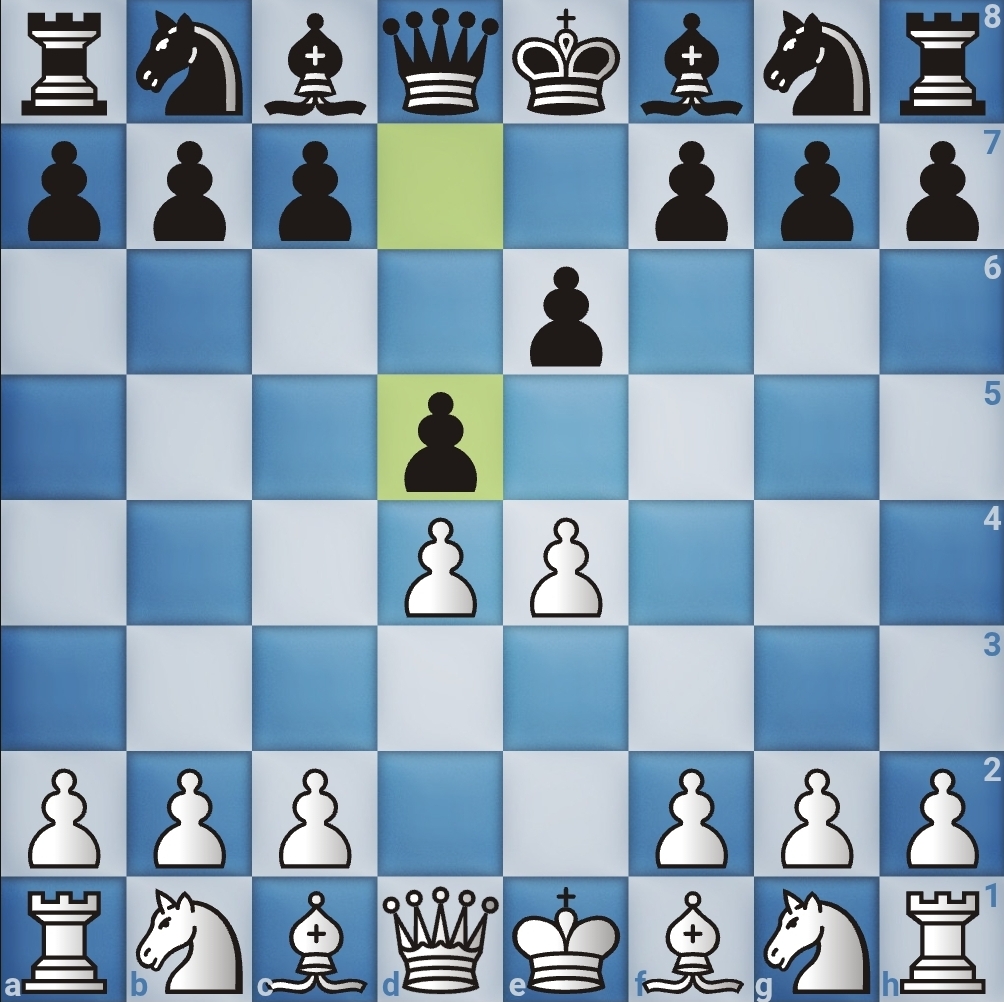
These are the opening moves of the French Defense:
- e4 e6
- d4 d5
Black doesn’t waste time putting questions to white’s pawn center.
He intends to undermine it later with moves such as …c5 and …f6.
The French Defense leads to rich pawn structures and long-term imbalances.
Tactical clashes are also typical of the French, and it is renowned for the “bad French bishop.”
Regardless, the opening has been employed by legendary players such as Botvinnik, Korchnoi, and even world champions like Anatoly Karpov.
It is one of the most reliable responses to 1.e4, and the traps within it are even more dangerous.
This is because white assumes the French is purely positional, and they underestimate its tactical bite.
Let’s now get into the main gist of the subject.
1. Trap #1 in the French Defense: The Milner-Barry Gambit
The Milner-Barry Gambit comes from the Advance variation of the French Defense.
White sacrifices a pawn (sometimes even two) in exchange for rapid development and active piece play.
Even though the gambit itself is risky at the highest level, it contains one of the most famous traps in the French.
This makes it an excellent addition to any French player’s blitz and bullet repertoire.
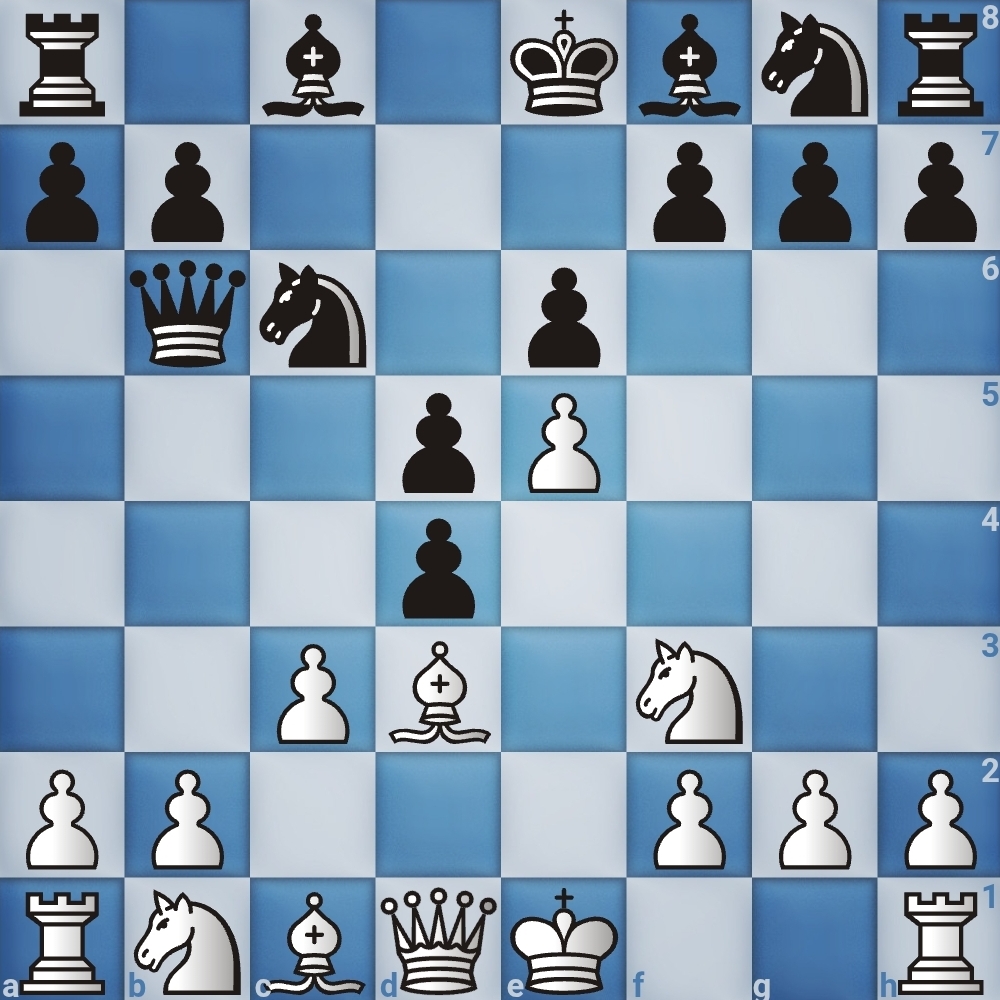
Moves Leading into the Trap
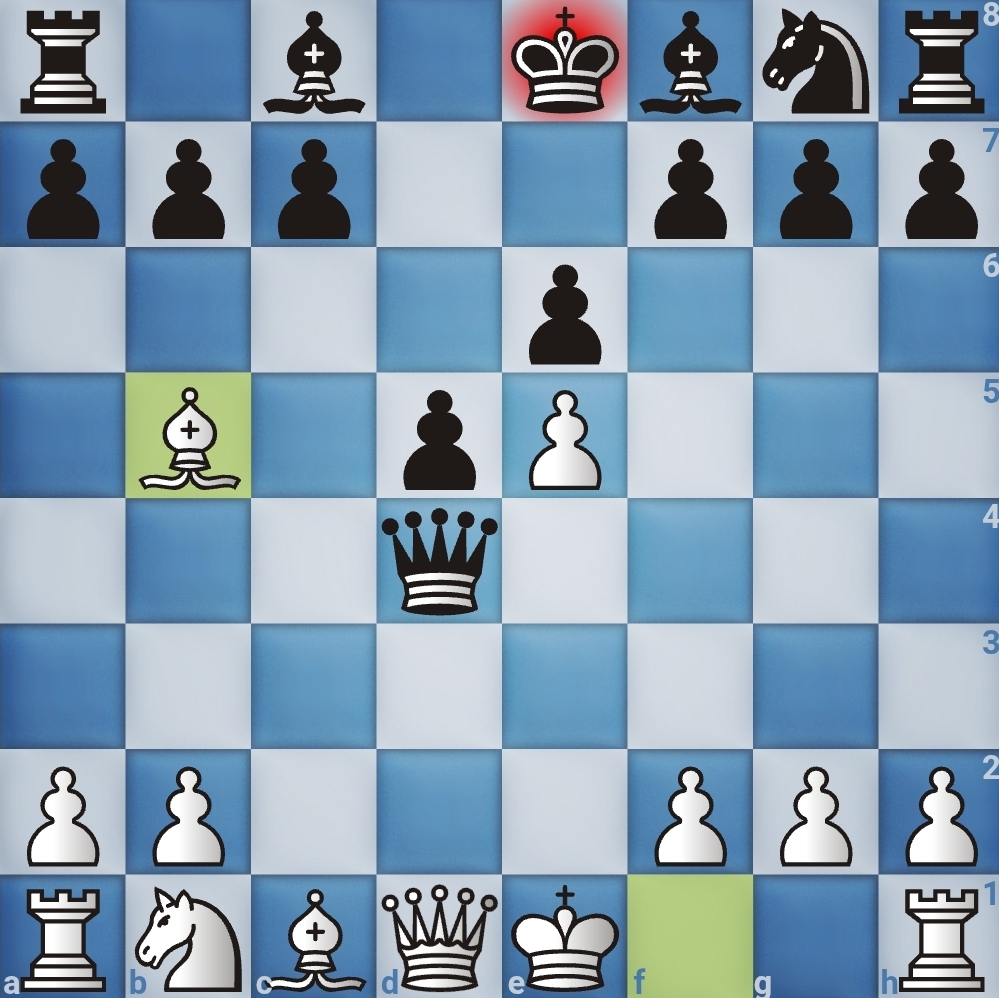
Black loses their queen on the spot due to the discovered attack on the king. Other variations of the Milner-Barry Gambit Trap exist, but the general idea of the queen trap remains the same.
Why This Trap Works
- Greed: Black grabs a pawn on d4 and remains greedy with Nxd4, forgetting that development matters more than material.
- Hidden Discovered Attack: The queen’s presence on d4 seems safe at first glance, but Bb5+ instantly turns it into a tactical disaster. Especially in online blitz, this trap claims victims regularly.
2. Trap #2 in the French Defense: The Alekhine-Chatard Attack
The Alekhine-Chatard Attack remains one of the sharpest weapons against the French Defense arising after 4. Bg5 in the classical variation.
White’s intentions are clear: Decimate the kingside with a direct attack. Pawns and materials are often sacrificed to get this advantage.
Black often plays the natural 4…Be7 to break the pin and defend the pawn on e4, but this directly sets the stage for some interesting fireworks on the board.
Moves Leading into the Trap
- e4 e6
- d4 d5
- Nc3 Nf6
- Bg5 Be7
- e5 Nfd7
- h4
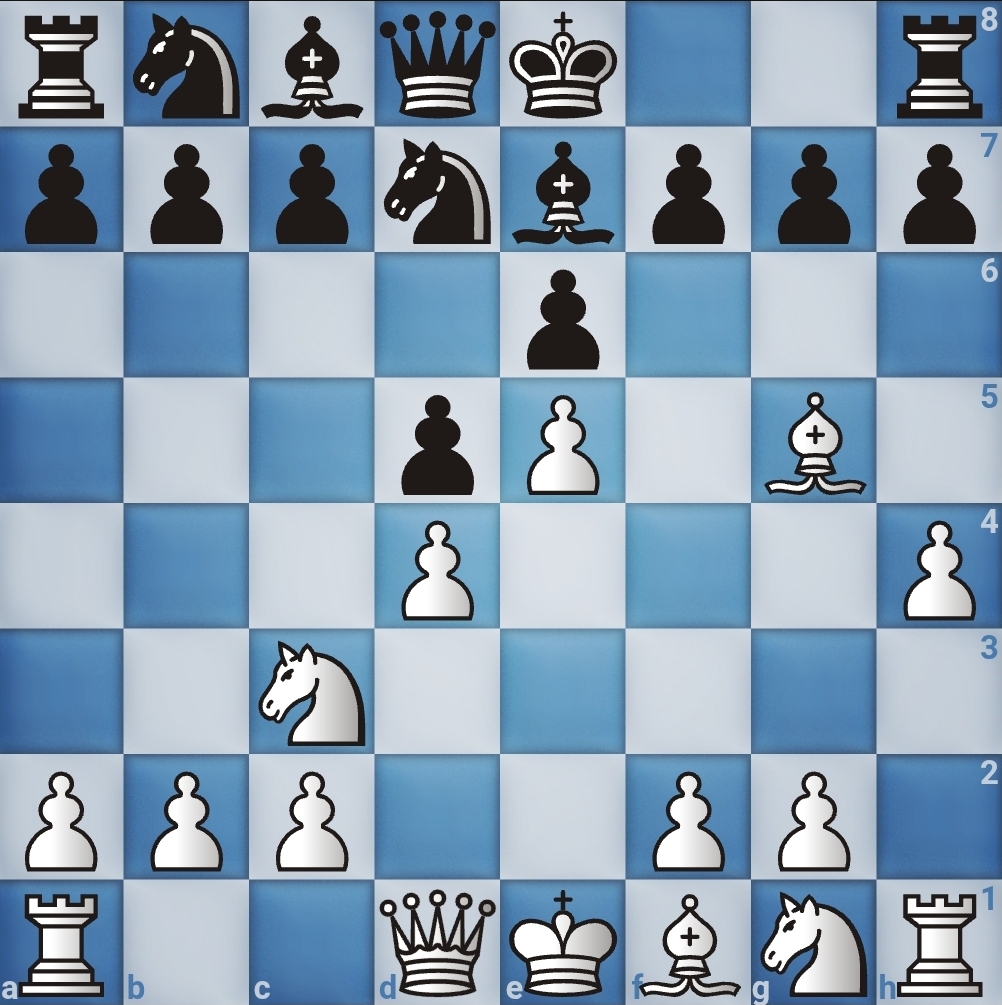
The attack is signaled, and if black indulges with 6…Bxg5:
And black is already staring at a deadly kingside collapse.
Why This Trap Works
- Strategic Clash: Black thinks they are solving the pin situation with 4… Be7, but this allows white to expand aggressively.
- Surprise Factor: The move 6. h4 has a shock value and seems strange. Yet, it is one of the most dangerous attacking setups in the French.
- Kingside Decimation: Black’s kingside is significantly weakened by this attack because there is no pawn chain, leaving a lone pawn on the h-file. The king’s bishop is also taken off the board.
- Modern Tests: More recently, top Grandmasters like Anand and Veselin Topalov have experimented with related positions (e.g., Bxe7 instead of h4), proving the variation still demands some level of respect.
The Alekhine-Chatard shows how easily the French can transition from a solid setup to a tactical minefield.
3. Trap #3 in the French Defense: Rubenstein Variation
Known for its solid nature, the Rubinstein Variation of the French is a favored choice for black players.
It is commonly used by players intending to avoid sharp theory and neutralize white’s initiative. Even then, care has to be taken to avoid disaster.
Move Leading into the Trap
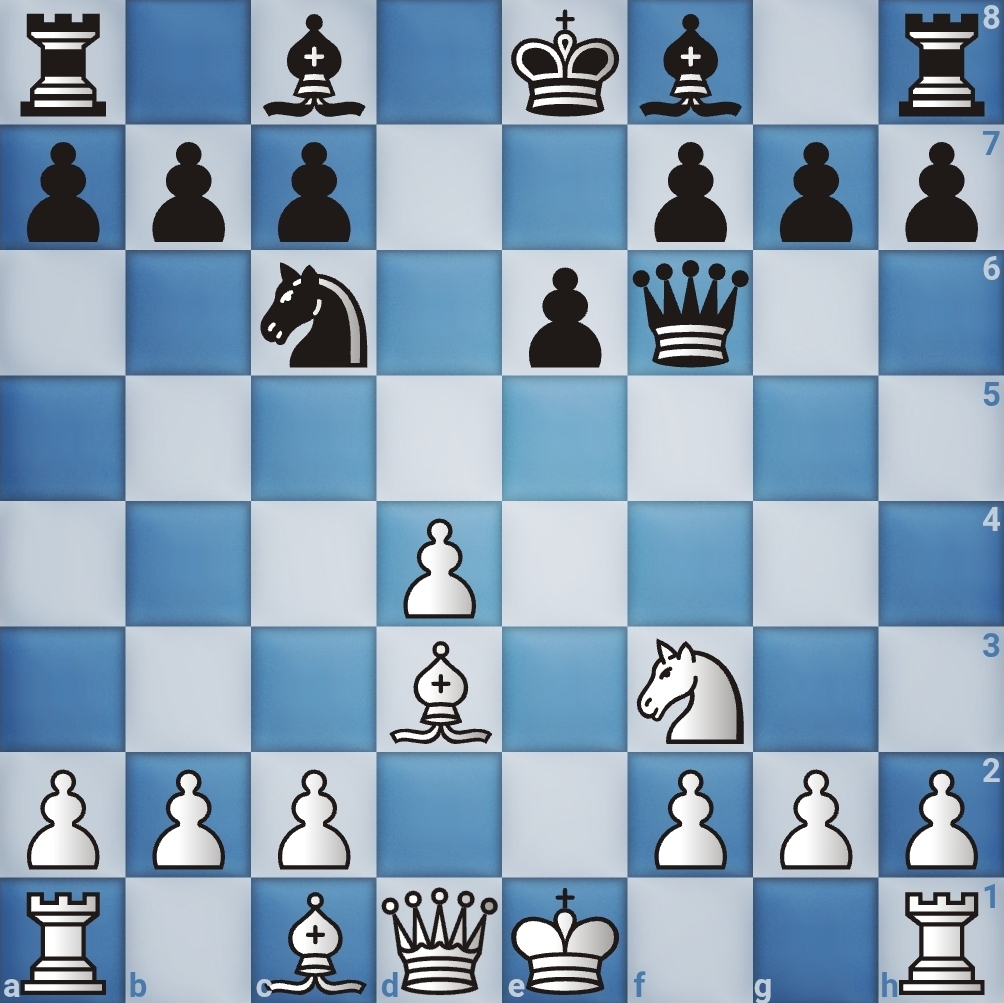
At first glance, 7.Bd3 appears to be an ordinary developing move. In fact, it is a little dubious in higher-level play, but it sets a deadly trap for the unsuspecting.
If black continues naturally:
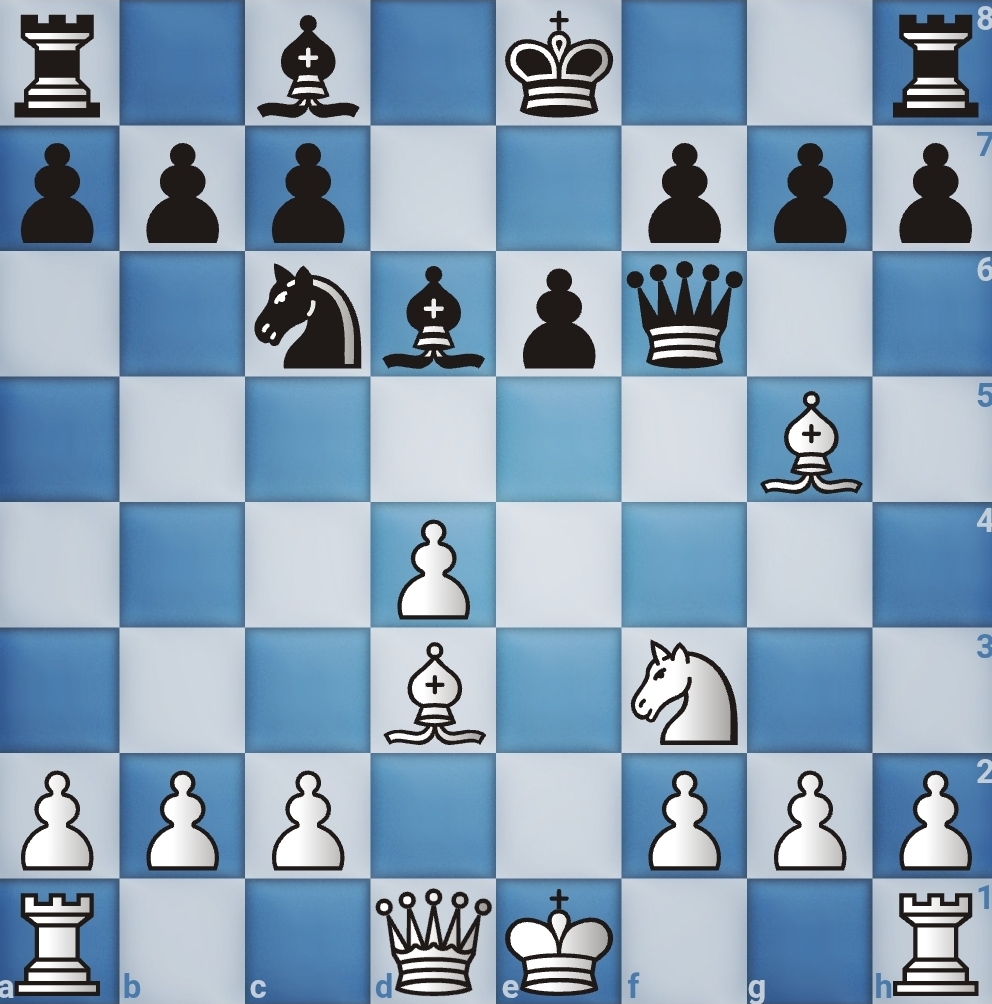
White suddenly pins the queen to the king’s bishop. Black’s queen has no safe retreat, and the game is practically over.
Why This Trap Works
- False Security: Black assumes the Rubinstein setup is safe and relaxes, failing to carefully calculate the variations.
- Activity vs. Solidity: White develops quickly, while black remains tangled in a passive defense.
This trap shows that no line is “completely safe” without accurate play.
How to Avoid Falling into French Defense Traps
- Learn the key positions: Even a small amount of book preparation in the Advanced and Classical Variations can help you spot these traps instantly.
- Don’t be greedy: If you see a free pawn in the opening, pause and calculate carefully. Be sure you are not falling into a trap.
- Prioritize development: Remember that opening principles, i.e., developing pieces and castling, outweigh temporary material grabs that would hurt middlegame play in the long run.
- Look for forcing moves: Moves like Bb5+ or Bxh7+ may look impossible at first, but they often turn the game around. So double-check your lines and variations for discovery attacks.
By adopting these habits, you can enjoy playing the French without fear of a sudden collapse into one of these traps.
Conclusion
The French Defense has a reputation for being one of the most solid and positional defenses to 1. e4. However, like we have seen, it also hides some of the sharpest traps in chess.
Mastering these traps ensures swift victories against unprepared opponents and shields you from potential defeats.
The next time you face the French Defense, keep these traps in mind. That way, you will be ready for both attack and defense on your way to becoming a Grandmaster.
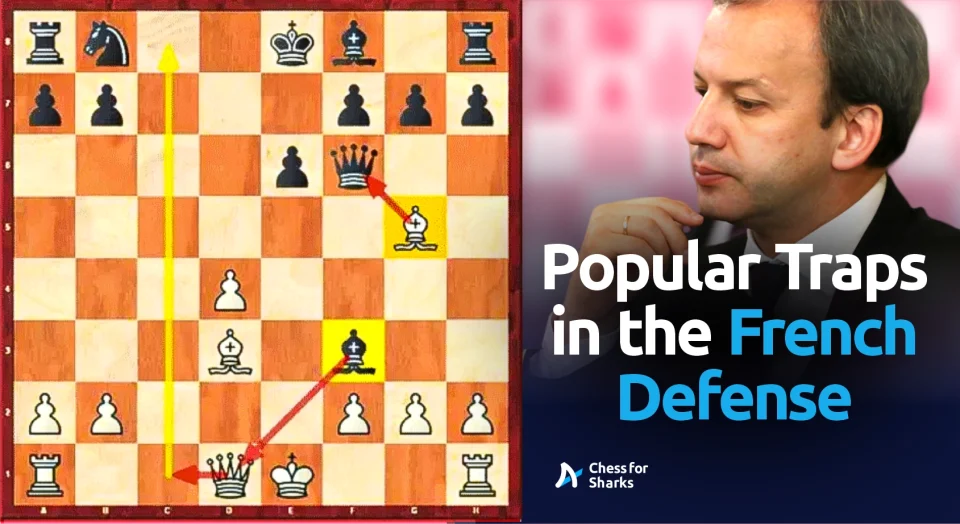


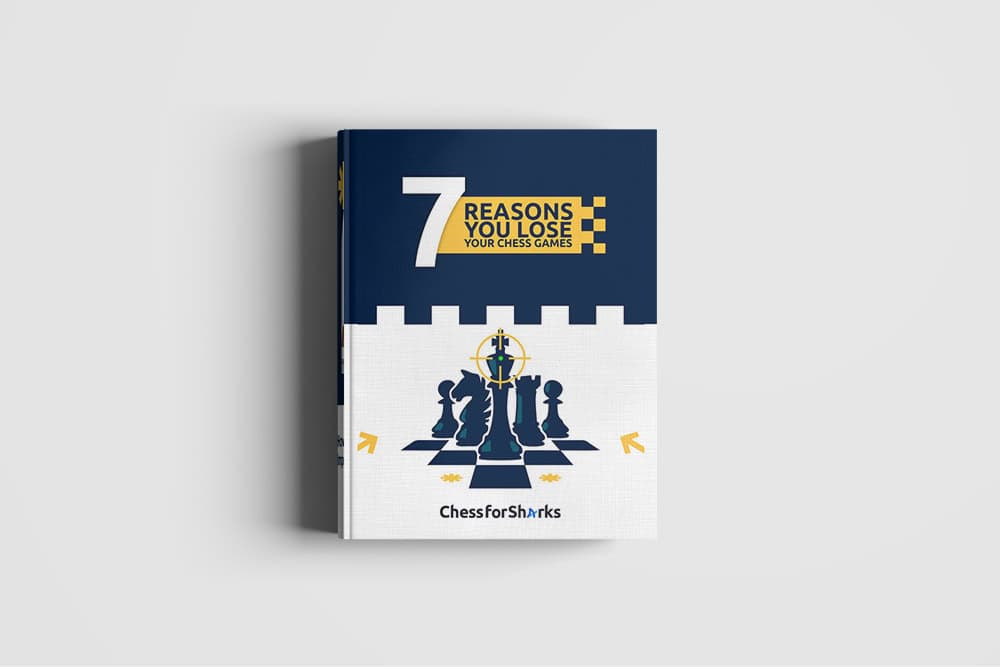
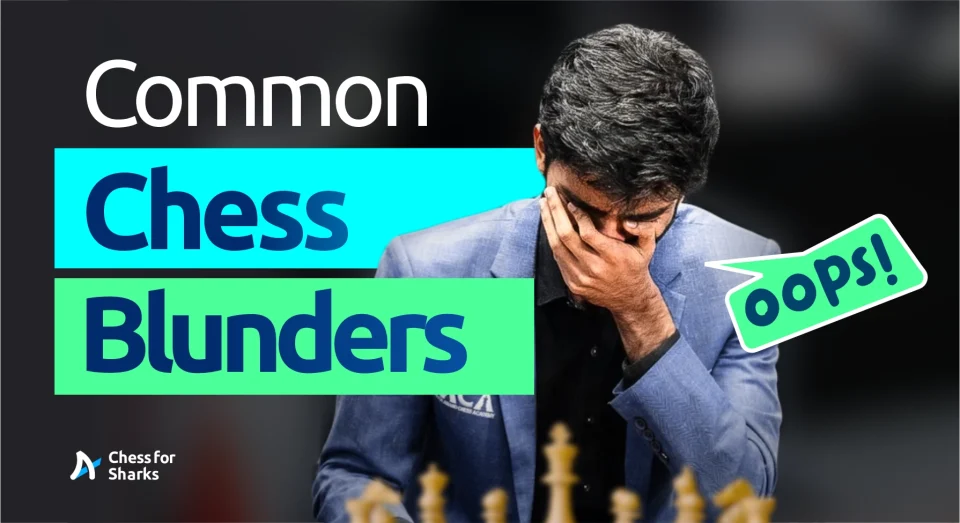
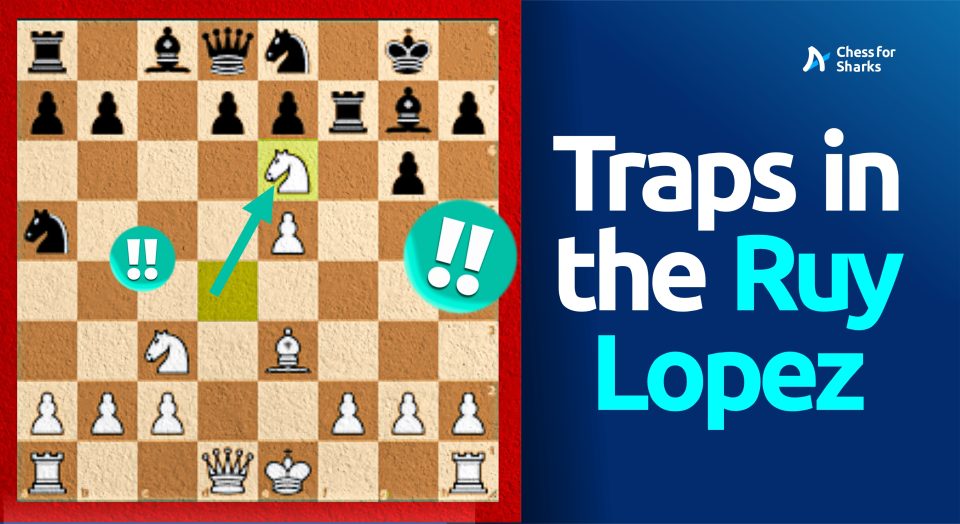
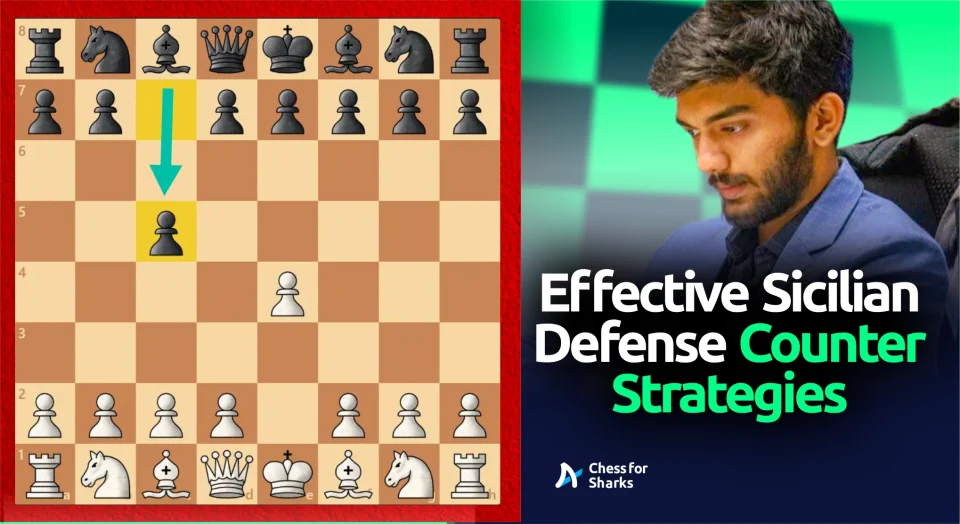
join the conversation